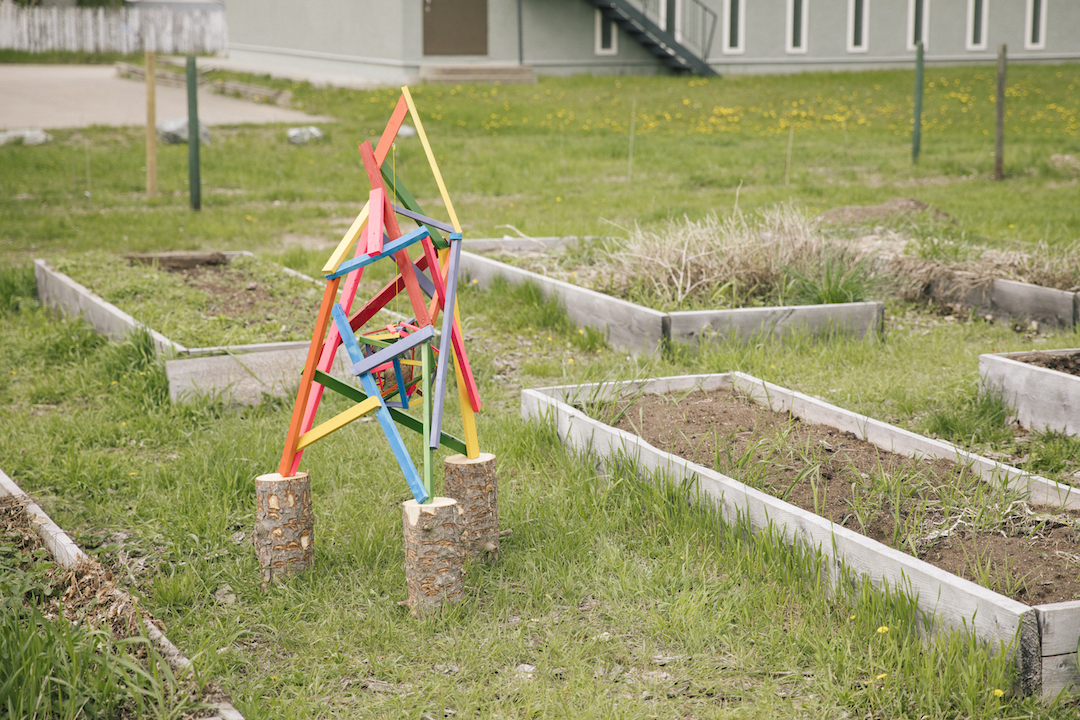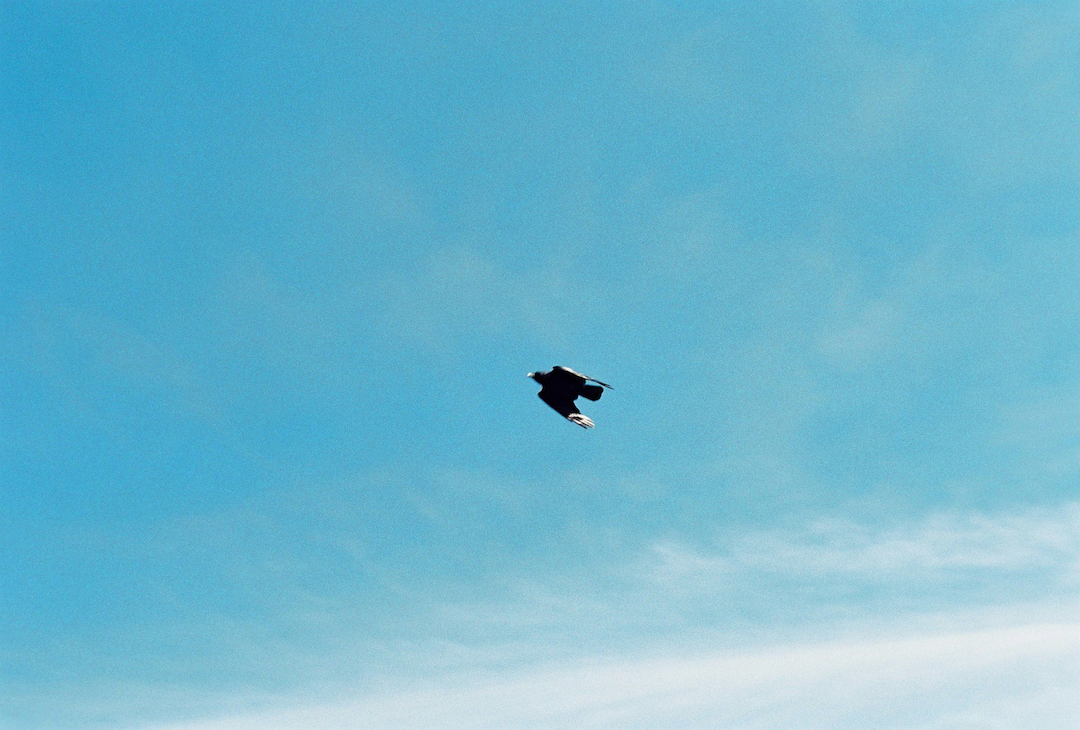A heartfelt thank you to the Khast'an Drummers for performing at the launch of the Omineca Arts Space and the opening of the Disturbances of the Field exhibition.
Khast'an Drummers performing at the opening of Disturbances in the Field. Photo by Denis Gutiérrez-Ogrinc.
The performance included a diverse mix of songs, old and new, including one led by Kym Gouchie in which listeners succumbed to the drummers' infectious energy by dancing along.
The Khast'an Drummers, named after the fireweed plant in the Lheidli dialect of Dakelh, "represents new growth following a forest fire, the coming and peak of summer, provision of nourishment, having medicinal properties and binding qualities" [1]. In the small lull between songs, drummer Ann Bozoki would share the stories, memories, significance, and background of each piece. Within these quiet pauses, these anecdotes, like small seeds, were planted- offering a generous opportunity to think about the songs more deeply, and to allow for an appreciation of Lheidli T’enneh language, history, and culture to grow.











